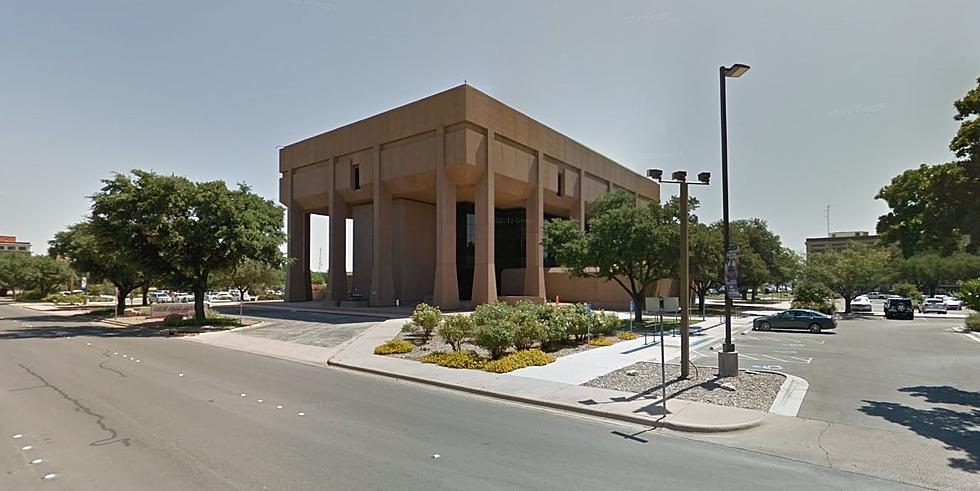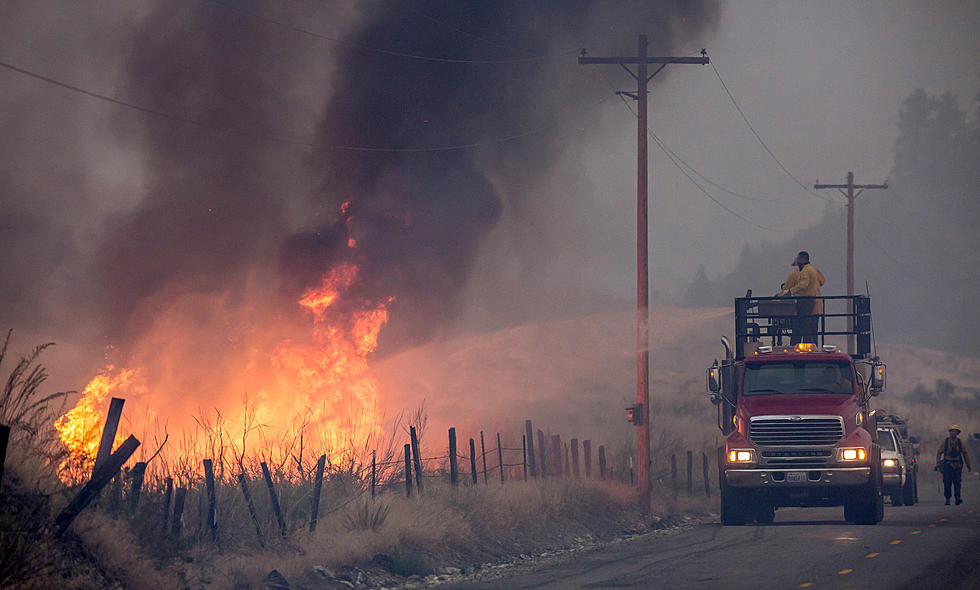
Did You Know Taylor County Commissioners Issued a New Burn Ban?
The Taylor County Commissioners Court has once again reissued a Burn Ban. A county-wide burn ban for Taylor County is effective immediately beginning July 18, 2023, for ninety days, or until substantial rainfall has saturated all areas within the entire Taylor County area.

Even though recent rains have alleviated some of the dry conditions in Taylor County, it's not been enough to allow outdoor burning. When you look around West Texas, there are still lots of trees, shrubs, weeds, and grass that are parched due to the freezes and last year's Mesquite Heat wildfires.
While area fire departments are trying to stay prepared for any fires that might erupt during the summer months, we - as a community - can help avoid local fires of any kind. Keep an eye on your neighbors' properties to ensure we are all safe from wildfires.
The Taylor County Commissioners have said NO burning of any kind. In fact the exact wording is, "A person commits an offense if he or she intentionally or knowingly ignites or in any way starts a fire outdoors in any portion of the unincorporated area of Taylor County."
Commissioner Statler messaged me personally, stating, "a violation of the order will be considered a 'Class-C Misdemeanor' which comes with a $500 fine upon the first offense. This order explains where, when, and how fire bans are issued." See the order above.
The last general burn ban was issued earlier this year, then expired when we were getting all the rain in early spring. Every fire chief I've spoken with says we must all be extra cautious when using fire anytime, anyplace, indoors and out.
"We must all work together and do whatever it takes to keep our county safe," said Commissioner Statler.
LOOK: The most expensive weather and climate disasters in recent decades
More From KEAN 105






![[VIDEO] 75 Dogs Killed in Devastating Texas Pet Resort Fire](http://townsquare.media/site/157/files/2020/05/GettyImages-454008386.jpg?w=980&q=75)


